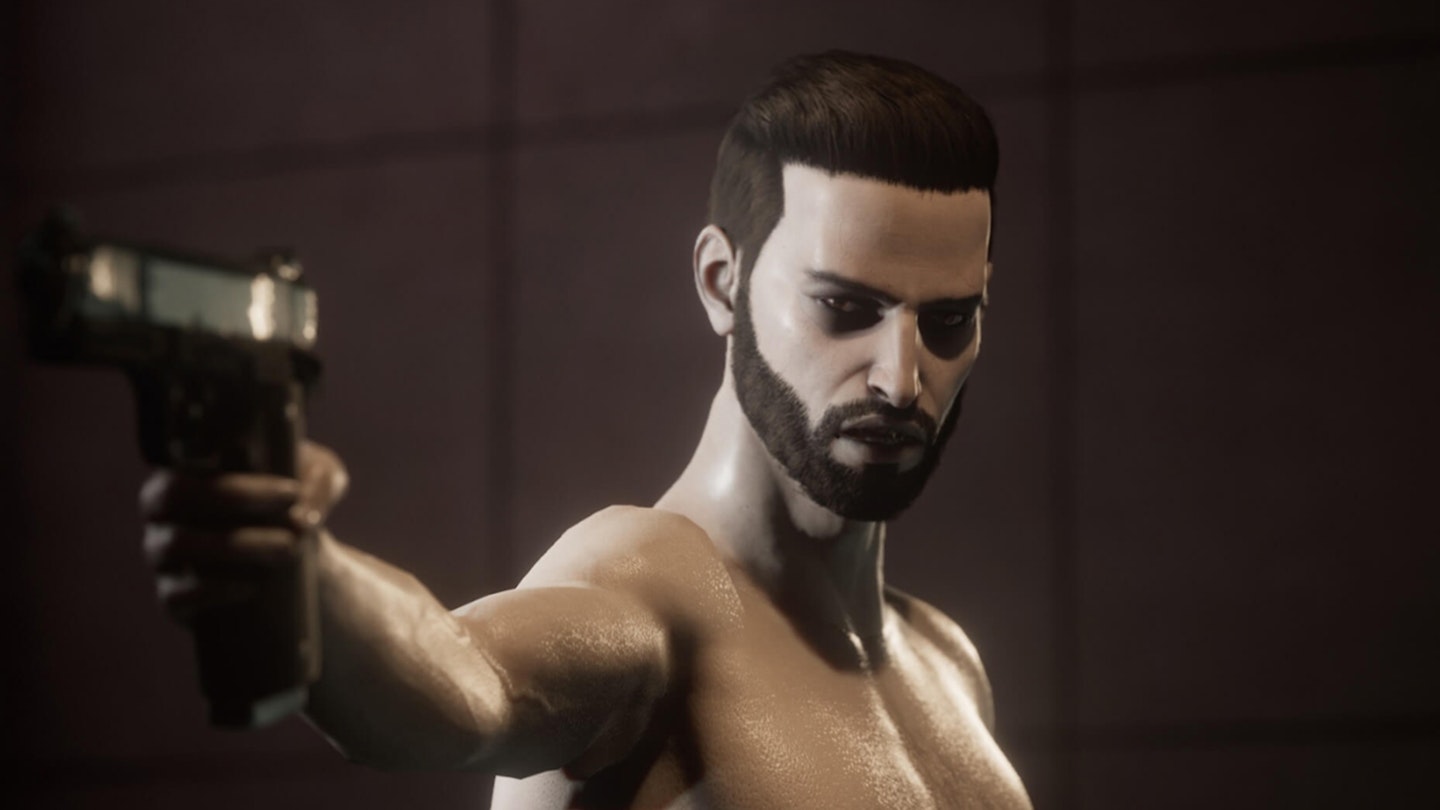Platforms: Xbox Series X, Xbox One, PS5, PS4, PC
It’s been nearly two decades since the brilliant Vampire: The Masquerade – Bloodlines sucked players into World of Darkness’ modern urban horror setting, translating the pen-and-paper role-playing games into an action RPG that won over existing fans and newcomers alike. While the tortuous development on a Bloodlines 2 continues elsewhere, developer Big Bad Wolf (ironically not working on sister franchise Werewolf The Apocalypse) offers up Swansong, a ‘pure’ RPG that, somewhat charitably, fills the gap.
Swansong is not a bad game, but it’s not a great one either. Set in Boston, it weaves a complex tale of betrayal and political intrigue around the US city’s vampire court and the various factions and forces vying for its control. It begins in the wake of a party gone disastrously wrong, leading to a rare ‘Code Red’ event that threatens to reveal the existence of vampires to the wider world — breaking the titular masquerade — as players shift between a trio of playable characters to uncover a truth that risks upending a fragile peace.

The primary characters are all engaging and interesting, each representing different perspectives borne of their respective long lives and clans within vampiric society. Emem is the closest to an audience proxy, the most ‘normal’ of the three – a nightclub owner being reluctantly drawn into a position of power and responsibility she doesn’t want. Galeb is an imperious older vamp with centuries of experience, seemingly bored of petty power plays. Leysha is perhaps the most interesting, though – prone to visions and fresh out of a three-year stint in an asylum, she’s reunited with her own (extremely disturbing) vampire daughter and put in the employ of Boston’s Vampire Prince, Hazel Iverson, who hopes to use Leysha’s prophetic episodes to her own advantage.
Narrative is where Swansong works best, with enough palace intrigue, backstabbing, and scheming to grab players by the throat even before getting to the vampiric aspects of the game. It’s a story of moral greys, with no clear right or wrong decisions to be taken at key junctions, where those choices can significantly shift the story’s direction of travel. However, the choices themselves may be restricted by what’s been discovered during exploration phases or by the skills of each character.
Anyone who wants to understand even vaguely what’s going on or why should prepare for reading a novel’s worth of encyclopedic info.
Unfortunately, those skills prove borderline impenetrable unless you’re already entrenched in the rules and structures of the pen-and-paper game. Disciplines, talents, and traits all offer distinct customisation options, some unique to each playable character based on their own vampire lineage and clan, but they are far from intuitive. It also takes too long to figure out which abilities will increase the blood hunger level of your active character, or how residual personality effects from humans you’ve fed on will affect skills. Other systems are similarly unclear – you can spend willpower points to increase your chances of success in certain dialogue options, for instance, where there will seemingly be willpower left to spend, but it’s not possible to ‘buy’ an extra skill point to ‘win’ a conversational confrontation.
Similarly, while Swansong makes attempts to give players enough background to understand its world’s lore and history, it chiefly does so with a codex of elaborate text entries. If you already know Vampire: The Masquerade and need no explanation of concepts like the Camarilla, or what the difference is between a Toreador or Malkavian vampire, you’ll be fine, but anyone who wants to understand even vaguely what’s going on or why should prepare for reading a novel’s worth of encyclopedic info alongside actually playing the game.
Worst of all, though, the game is so painfully slow. Walking anywhere feels like ambulatory padding, a glacial pace that serves only to extend total time spent in the game. While some character abilities allow faster movement, the default navigation feels a half-notch above crawling. The lack of urgency extends to lengthy conversation scenes, of which there are many. While the voice acting is superb across the board, which at least makes these enjoyable enough to sit through between making the odd dialogue decision, the game as a whole has the pacing of a flagging TV drama stretched out to a tenth season. Even visually, Swansong often disappoints, with character models that are nicely detailed, but bland environments and too-frequent texture pop-in issues.
While 2004’s Bloodlines won players over whether they were familiar with the source material or not, Swansong ultimately feels as though it only exists for Vampire: The Masquerade fans. If you count yourself among that number, then drink deep on this – it masterfully taps the arteries of the series’ lore, culture, and rules in ways that will delight the tabletop faithful. For anyone else though, its meandering pace, unclear character stats and abilities, and overly complex approach to world-building is likely to bore long before the game can get its fangs into you.
